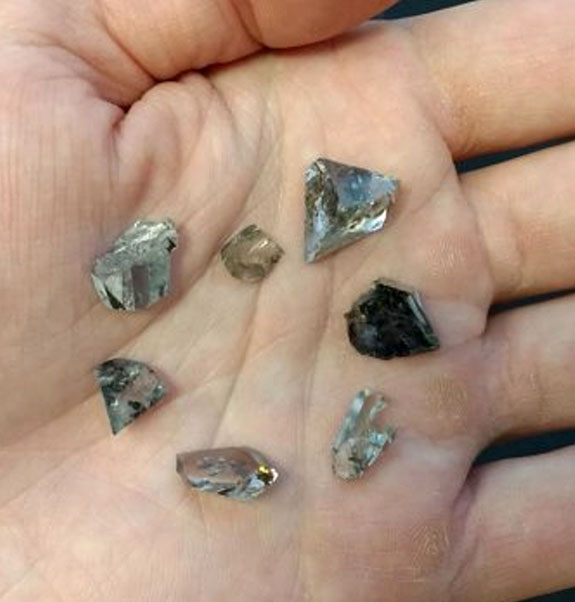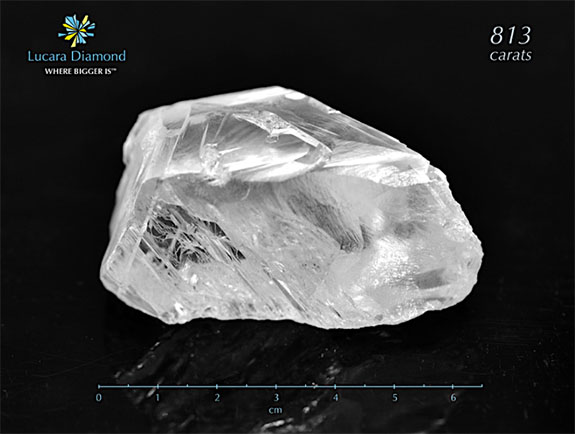The world’s largest diamonds, such as the Cullinan or Constellation, have a much different composition and structure than their smaller counterparts, states a breakthrough study by the Gemological Institute of America. Unlike smaller diamonds that materialized at a relatively shallow depth of 90 to 125 miles amid oxygen-rich rocks, the biggest diamonds formed 200 to 500 miles below the surface within patches of oxygen-deprived liquid metal.
The stunning revelations were based on research led by GIA Postdoctoral Research Fellow Evan Smith, who studied the “offcuts,” or remnants, of large rough diamonds that had been faceted into precious gemstones. The offcuts offered a window into the workings of the Earth’s deep mantle because their inclusions are teeming with other elements. Typically, these flaws and imperfections are removed during the cutting and polishing process to enhance the perfection of the end product. For the researchers at GIA, the neatly preserved inclusions held all the value even though some were no wider than a human hair.
“You really couldn’t ask for a better vessel to store something in,” Smith told NPR. “Diamond is the ultimate Tupperware.”
The GIA obtained eight fingernail-sized remnants for this study. After grinding them down and analyzing them with microscopes, lasers, electron beams and magnets, the team concluded that the diamonds contained a solidified mixture of iron, nickel, carbon and sulfur.
Unexpectedly, they also found traces of fluid methane and hydrogen, which led them to conclude that pure carbon crystallized to form diamonds in an oxygen-deprived mix of molten metallic liquid in Earth’s deep mantle.
“Some of the world’s largest and most valuable diamonds… exhibit a distinct set of physical characteristics that have led many to regard them as separate from other, more common, diamonds. However, exactly how these diamonds form and what they tell us about the Earth has remained a mystery until now,” explained Dr. Wuyi Wang, GIA’s director of research and development, and an author of the study.
The breakthrough research, which was featured in the most recent issue of Science magazine, is significant because it offers a glimpse beneath Earth’s tectonic plates — an area largely inaccessible for scientific observation.
Despite their origins far below the Earth’s surface, diamonds can blast to the surface during volcanic eruptions. The vertical superhighways that take the diamonds on their 100-plus mile journey are called kimberlite pipes.
Credit: Diamond “offcuts” by Evan Smith; © GIA. Constellation photo courtesy of Lucara Diamond.


